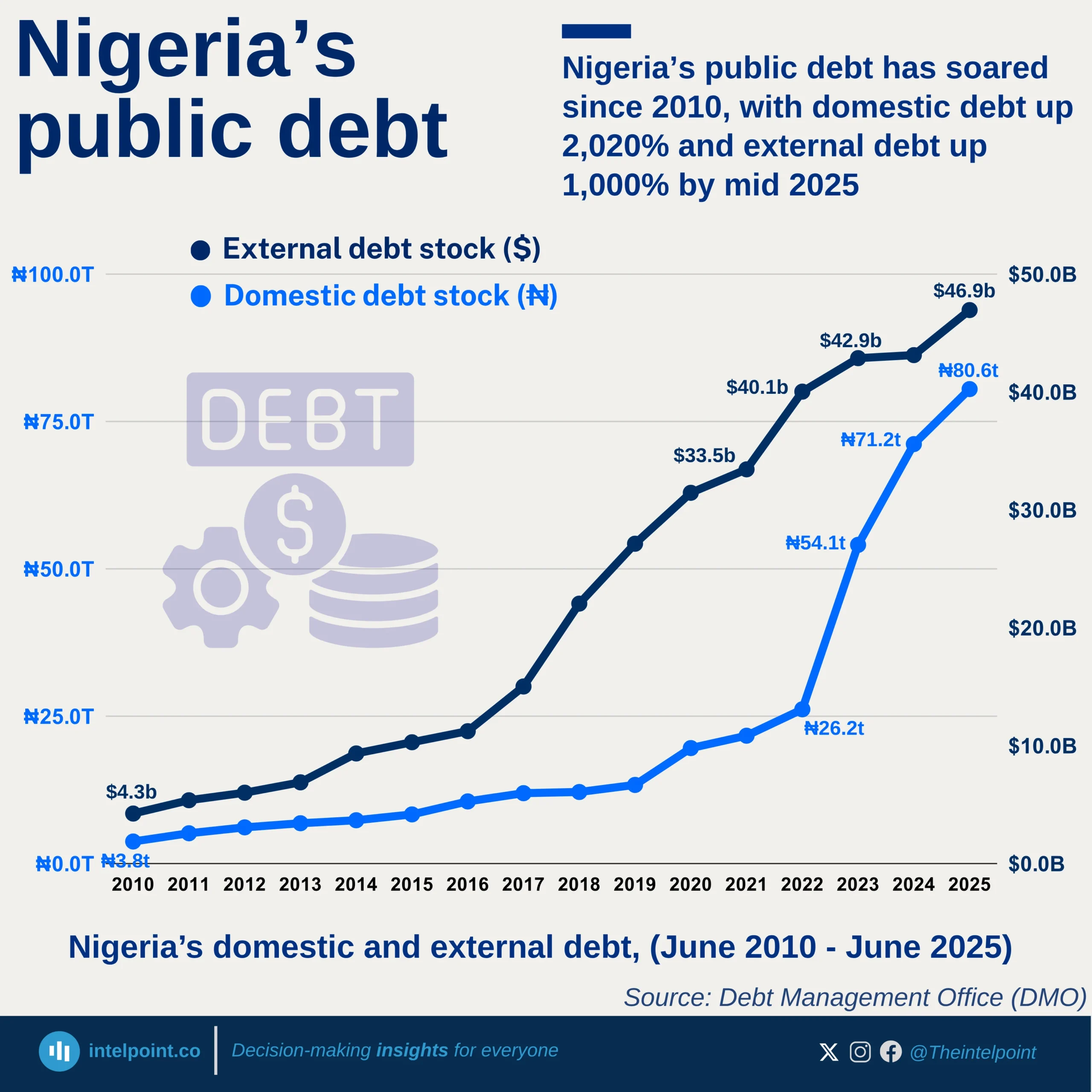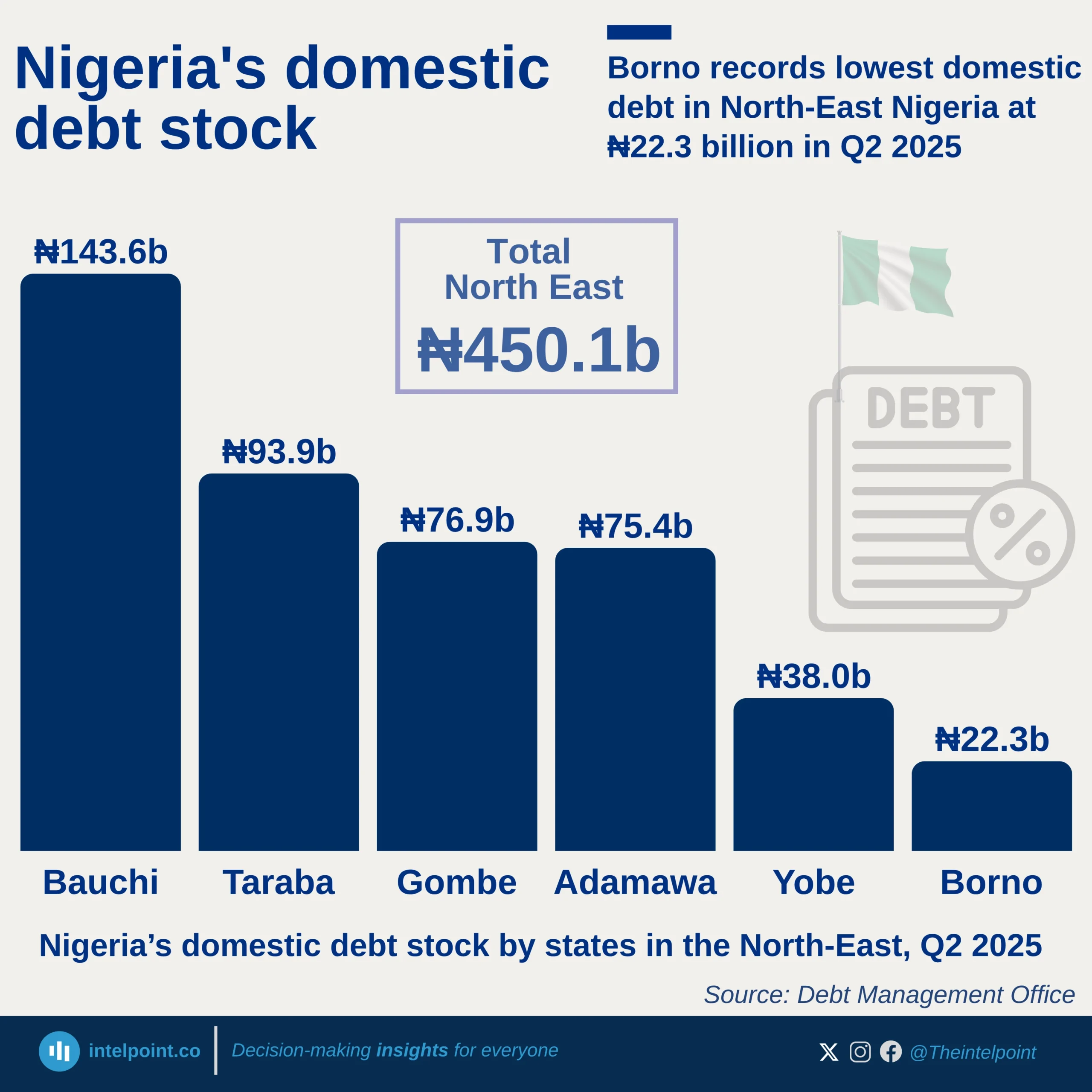The regional revenue landscape of Nigerian MSMEs in 2025 reveals a glaring imbalance. MSMEs in the South West generate an average of ₦8.3 million monthly, more than ten times the figures recorded in other regions. This reflects the concentration of financial institutions, infrastructure, and market opportunities in its states.
In the second tier, MSMEs in the South South (₦831k) and South East (₦605k) achieve moderate revenues, but still fall dramatically short of South West levels. The North East (₦562k) and North West (₦479k) lag further, with much lower revenue capacity, while the North Central (₦241k) posts the weakest performance nationwide.





